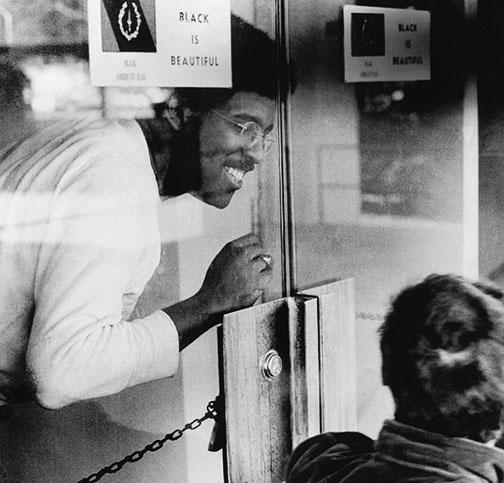On the morning of March 11, 1969, a janitor unlocked the New South administration building as usual, only to be swept aside by 51 students determined to occupy the seven-story structure. The activists, members of the Association of Black Collegians, put up signs proclaiming “This Building Has Been Liberated” and “Black is Beautiful” as members of Students for a Democratic Society (SDS) piled bike racks into makeshift barricades outside. Employees were turned away, along with the Tastykake deliveryman.
The students wanted Princeton to disinvest from apartheid-era South Africa and to demonstrate the “need for a serious moral commitment against racism.” On the front steps, SDS president Douglas Seaton ’69 harangued a crowd of 500 while counter-protesters shouted “Get the hell out!” and sang “Old Nassau.”
As University President Robert Goheen ’40 *48 pondered what to do, the takeover ended as suddenly as it began: The students filed out after 11 hours. The last to go was W. Roderick Hamilton ’69 of the Black Collegians. “We leave, not out of fear of repercussion, but rather because the administration has already begun to shift the emphasis of our protest away from the moral issue of South Africa to the legitimacy of our tactics,” he told The Prince.
Disciplinary actions were slight, and Seaton recalls Goheen as being “a wonderfully patient man.” But the New South takeover may have backfired: A poll conducted by a psychology lecturer showed that support for divestiture dropped. “It didn’t persuade the unpersuaded,” recalls Seaton, who now recants his youthful radicalism.












No responses yet